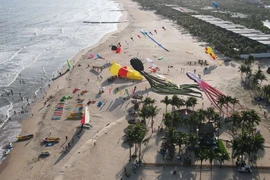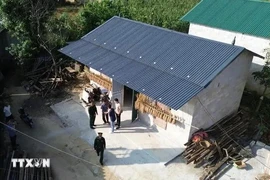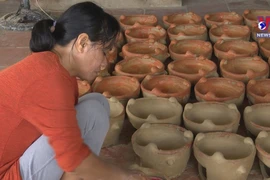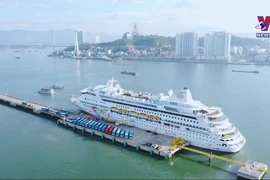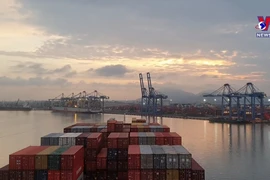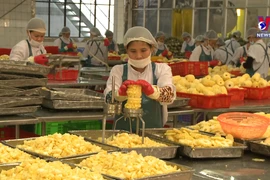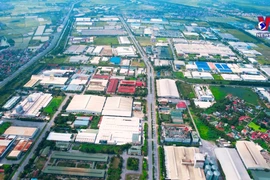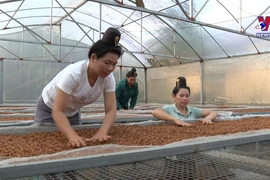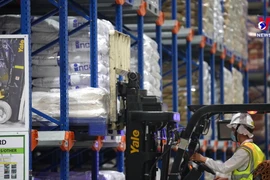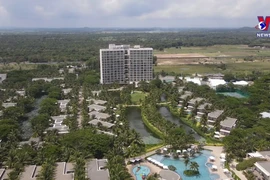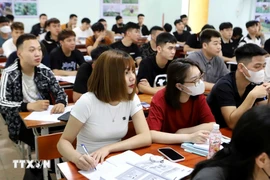Located at the end of the Mekong River, the Mekong Delta is the most prosperous agricultural production region in Southeast Asia. However, it is also one of the areas most heavily affected by climate change. Rising sea levels, saline intrusion, droughts, and landslides have occurred more frequently in recent years. In order to improve resilience to climate change, a number of measures have been implemented by localities in the region, garnering initial effectiveness.
Like hundreds of communes in the 13 Mekong Delta provinces, Vinh Gia commune in Tri Ton district, An Giang province is low lying. In the face of the ever-increasing impacts of climate change, Vinh Gia is heavily affected by saline intrusion.
In order to overcome and adapt to climate change, the local government and people have shifted from planting rice to fruit trees, while building high-quality agricultural models.
Like in Vinh Gia commune, there are more and more farmers in Ba Tri and Binh Dai districts – the two most saline areas of Ben Tre province – who have changed their crops and livestock, or as they say, have accepted to “live with salinity”, turning the daily obstacle into an advantage to further develop the local economy.
Living with salinity, by turning difficult things into advantages in production development, is one of many models of adaptation to climate change in the Mekong Delta that are bringing obvious efficiency.
According to Vietnam’s high climate change scenario, by 2100, 40 percent of the Mekong Delta area – which is home to 20 percent of Vietnam’s population and 50 percent of the country’s rice production – is likely to disappear forever. It is difficult to avoid this scenario, but it is more important to build sustainable livelihoods for people in the Mekong Delta to adapt to climate change./.
